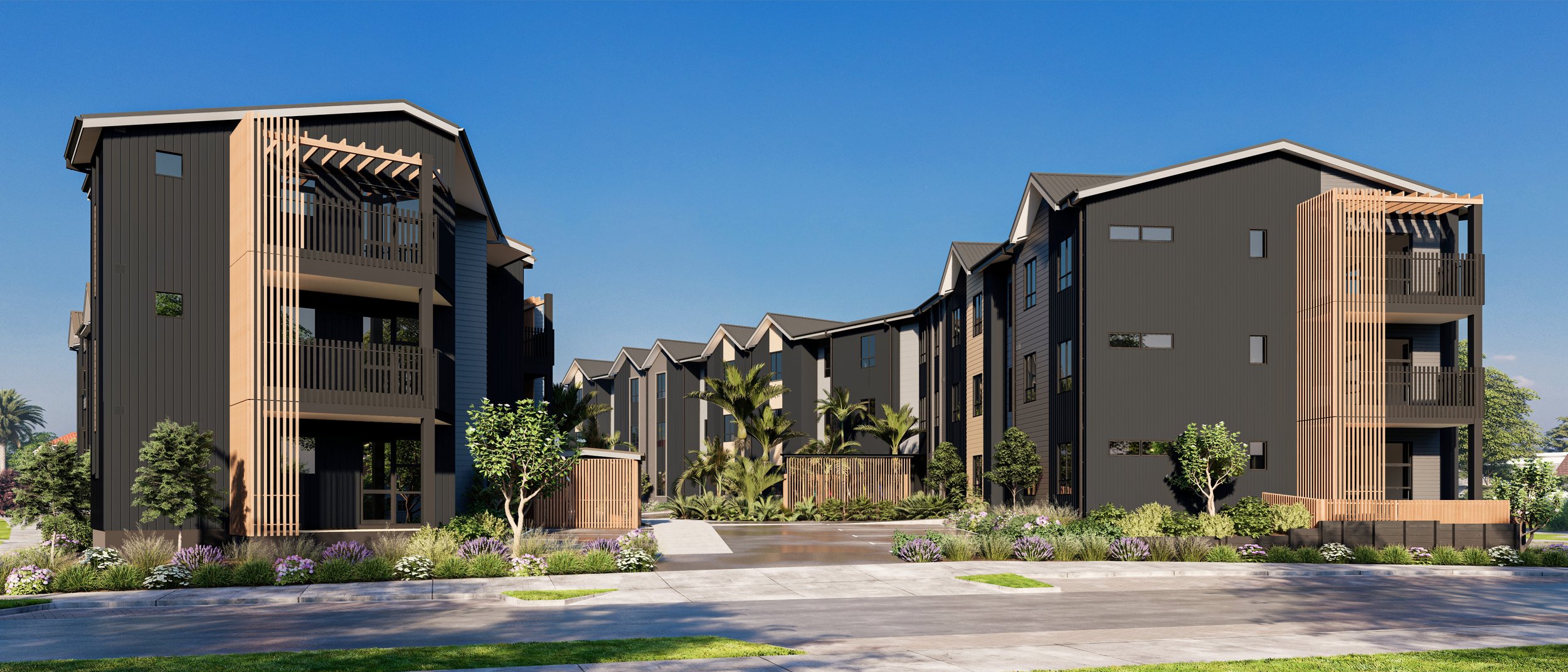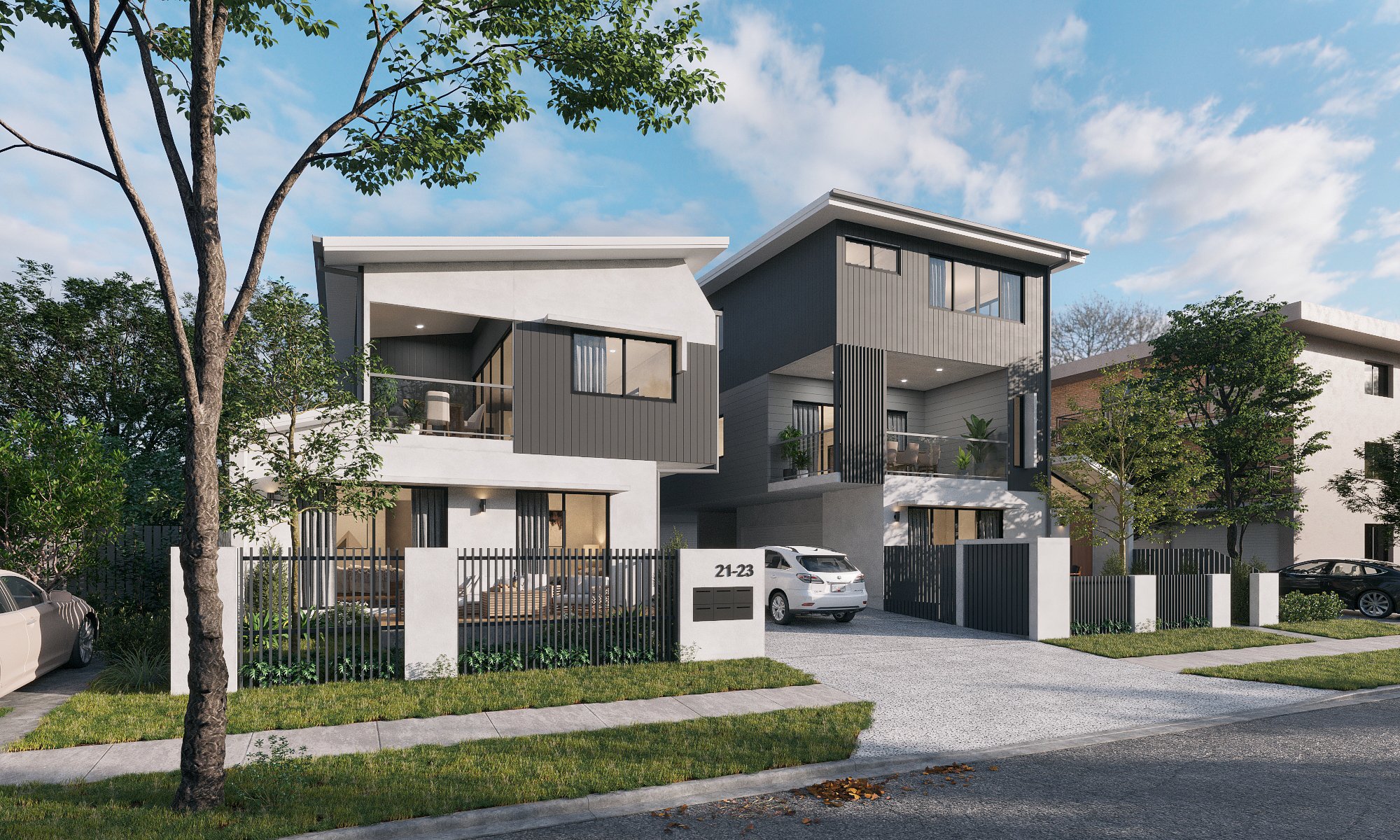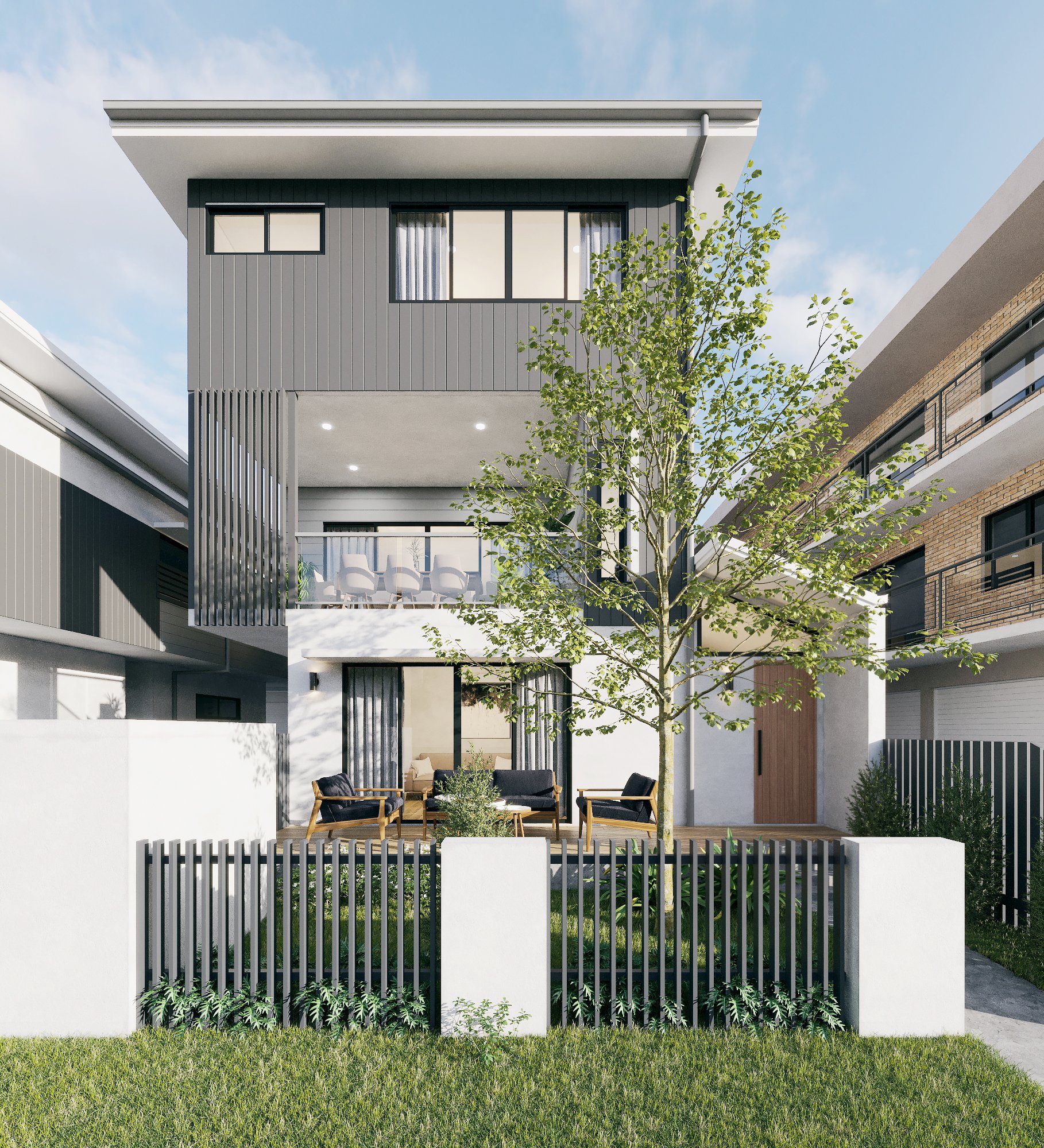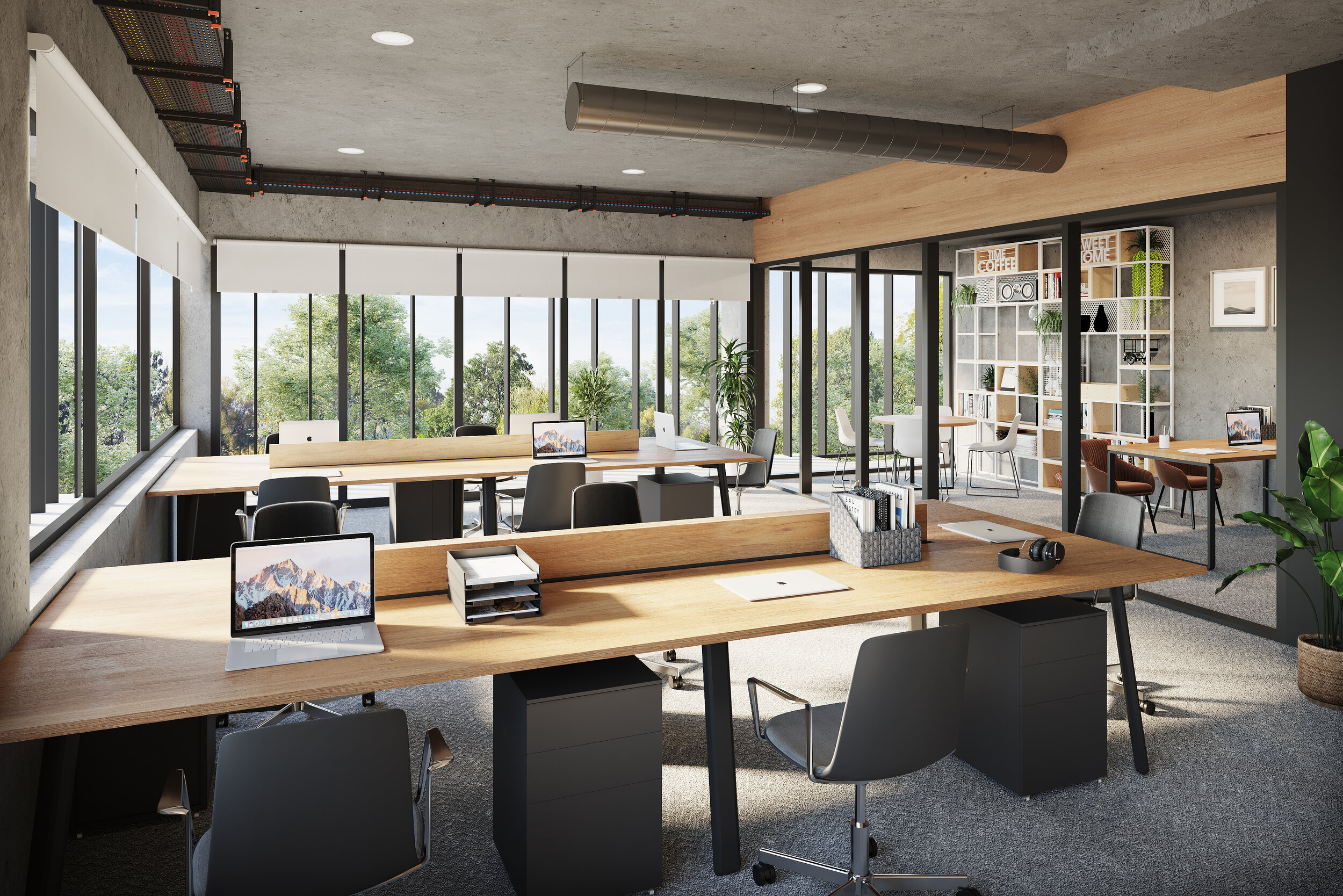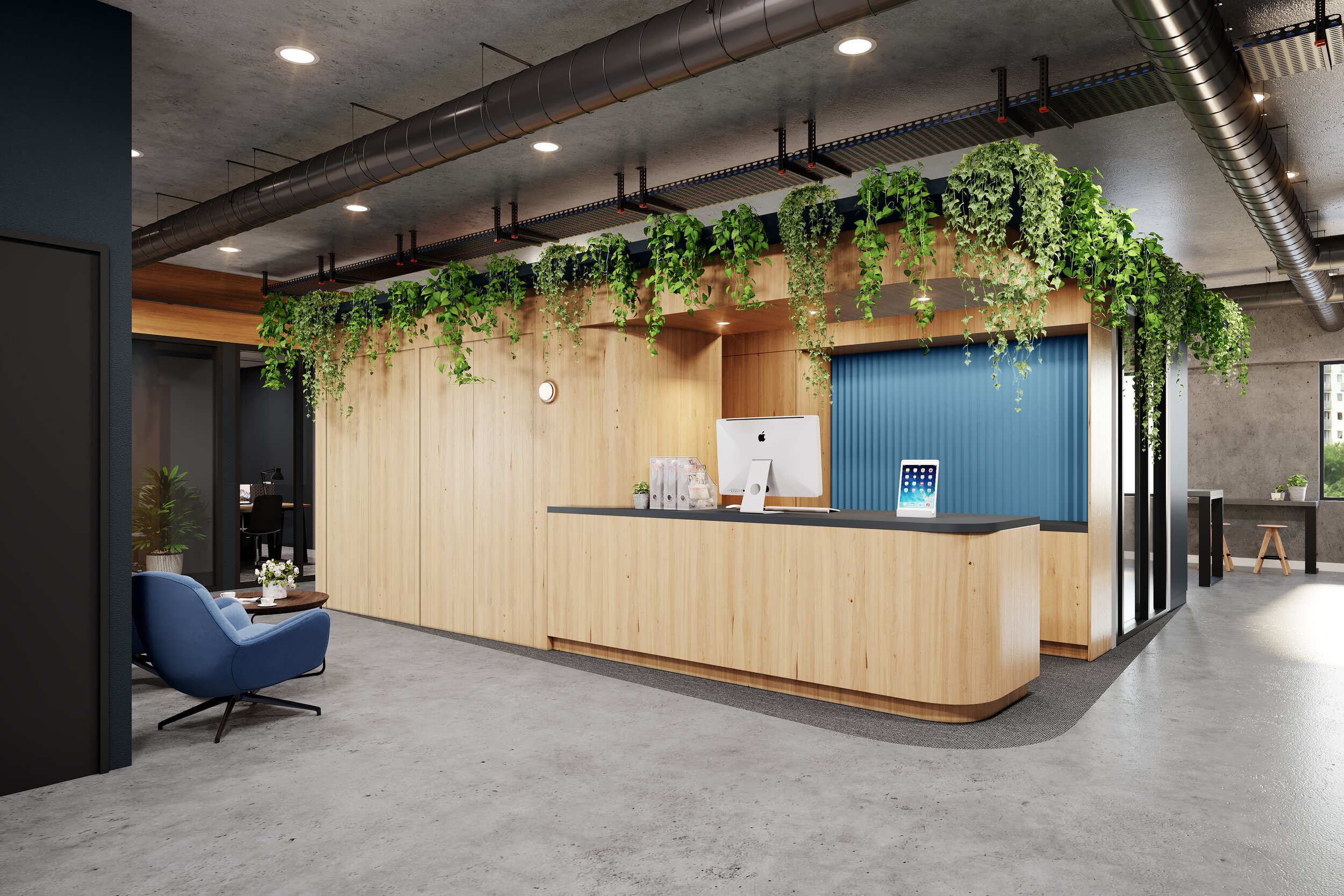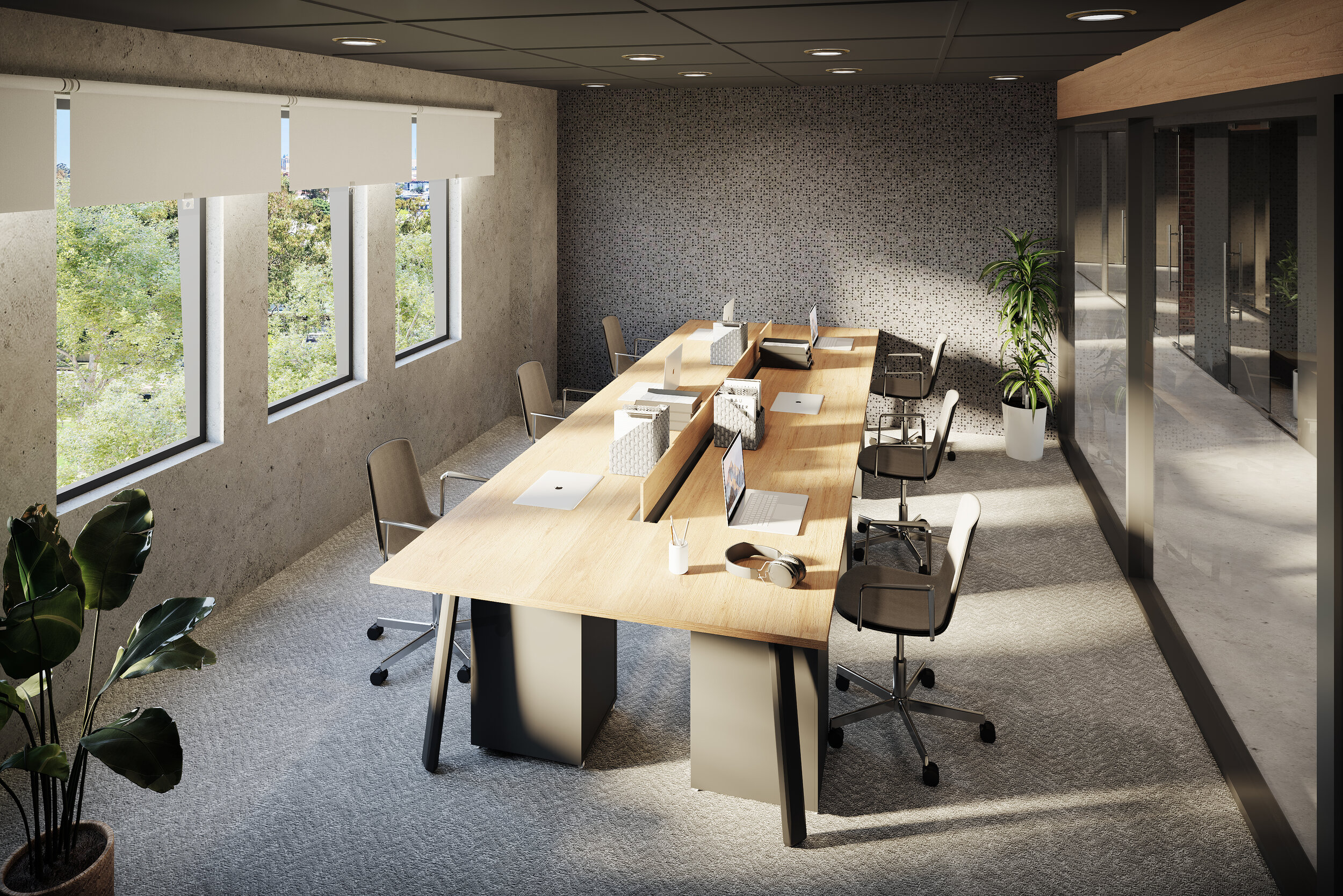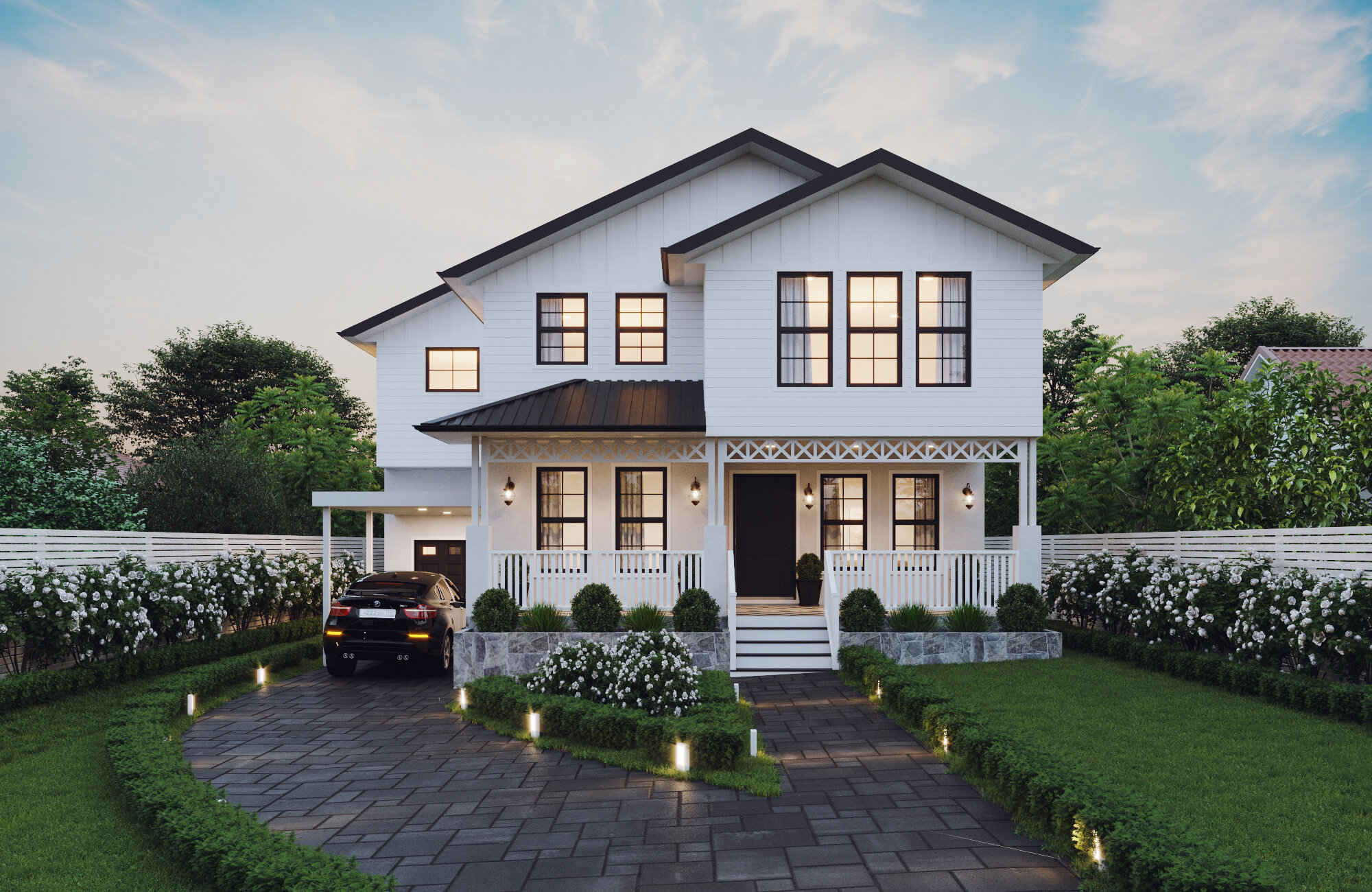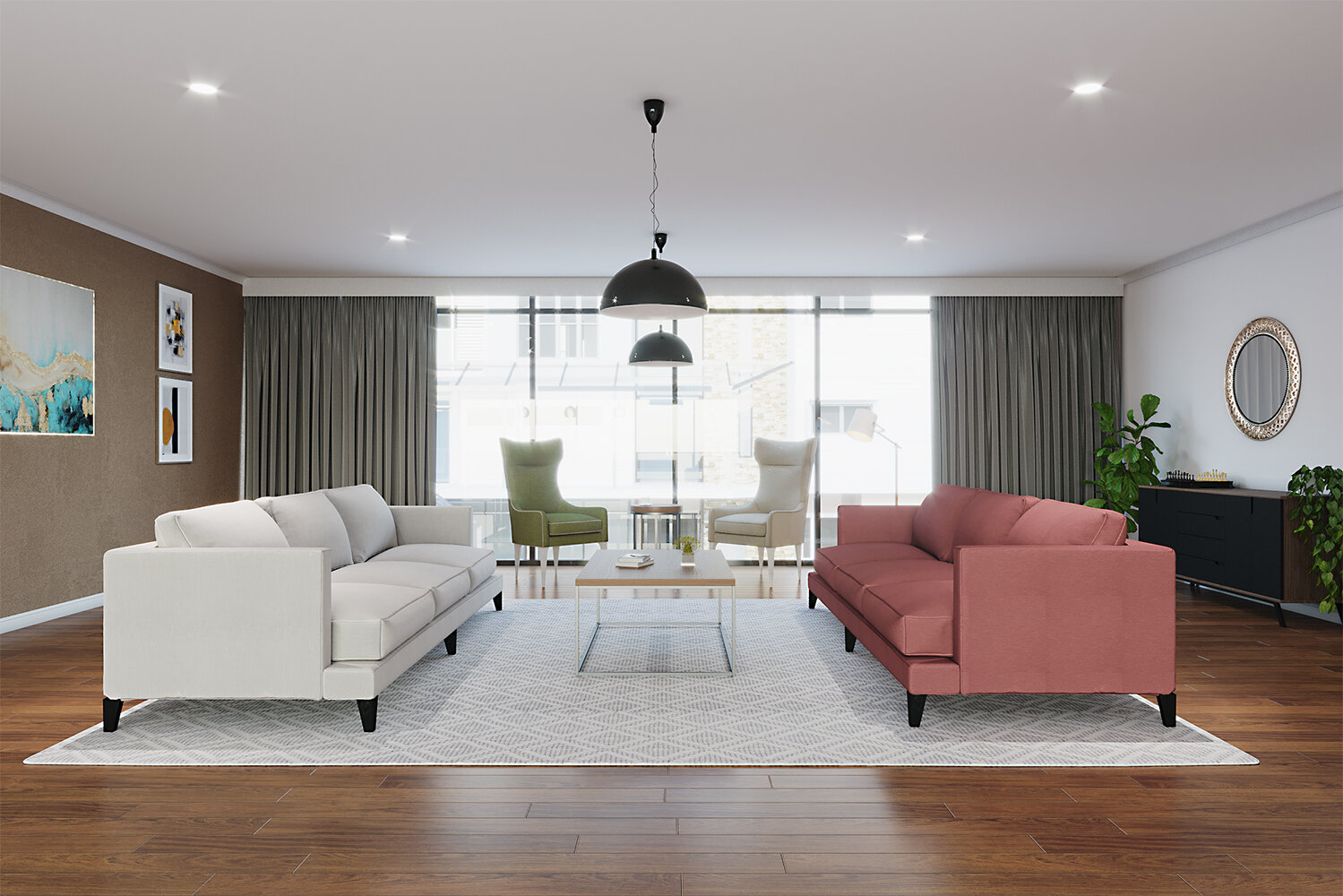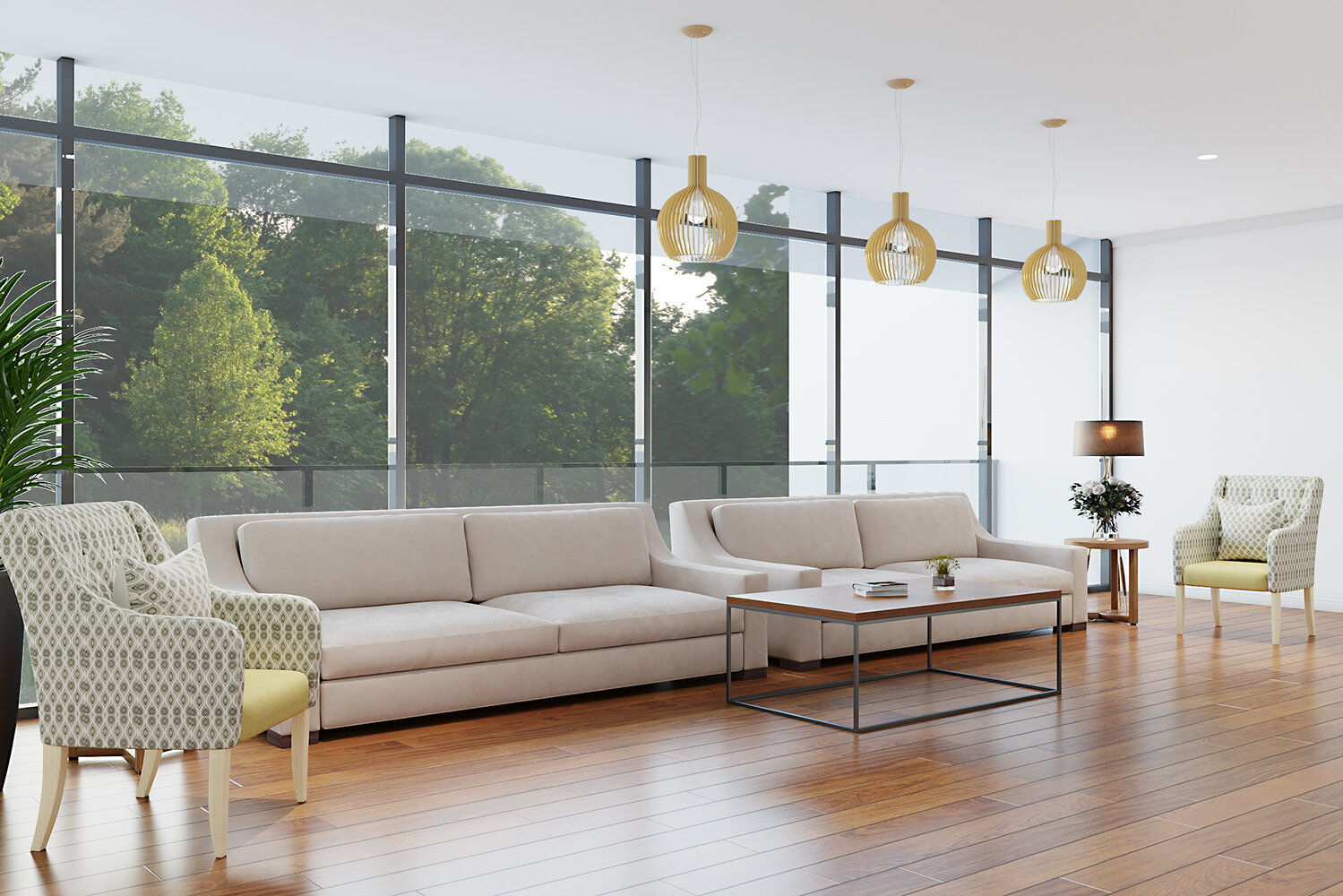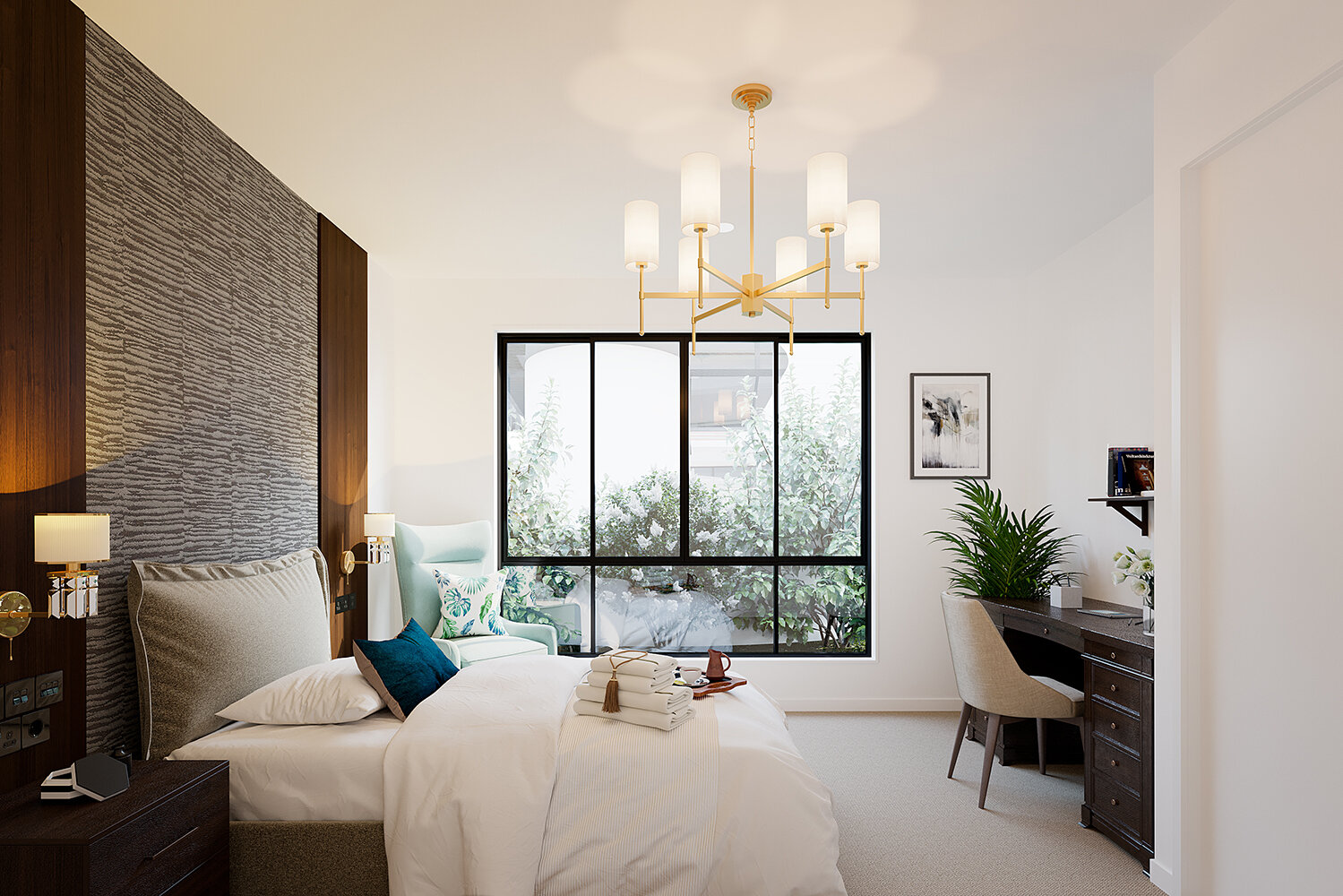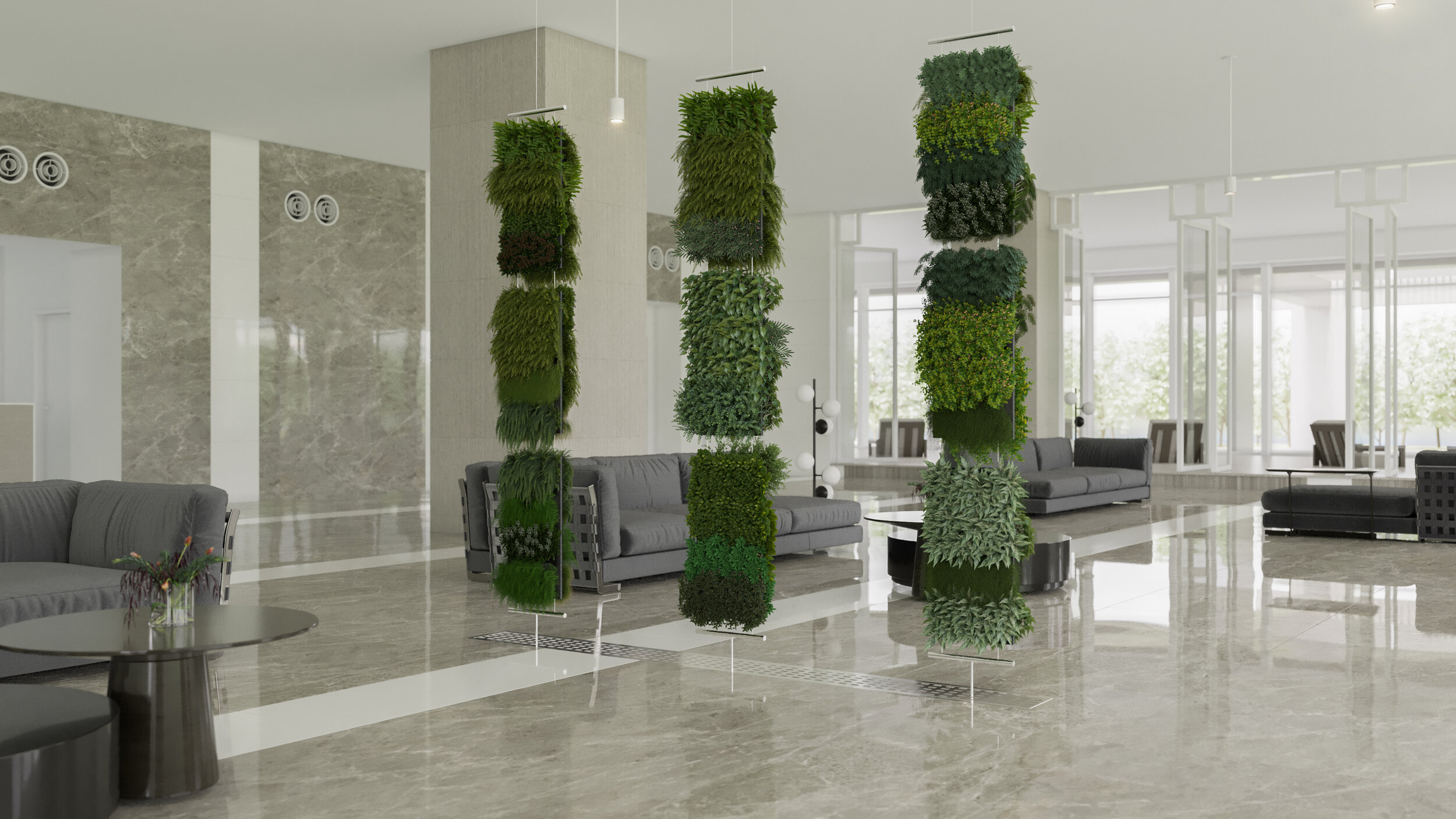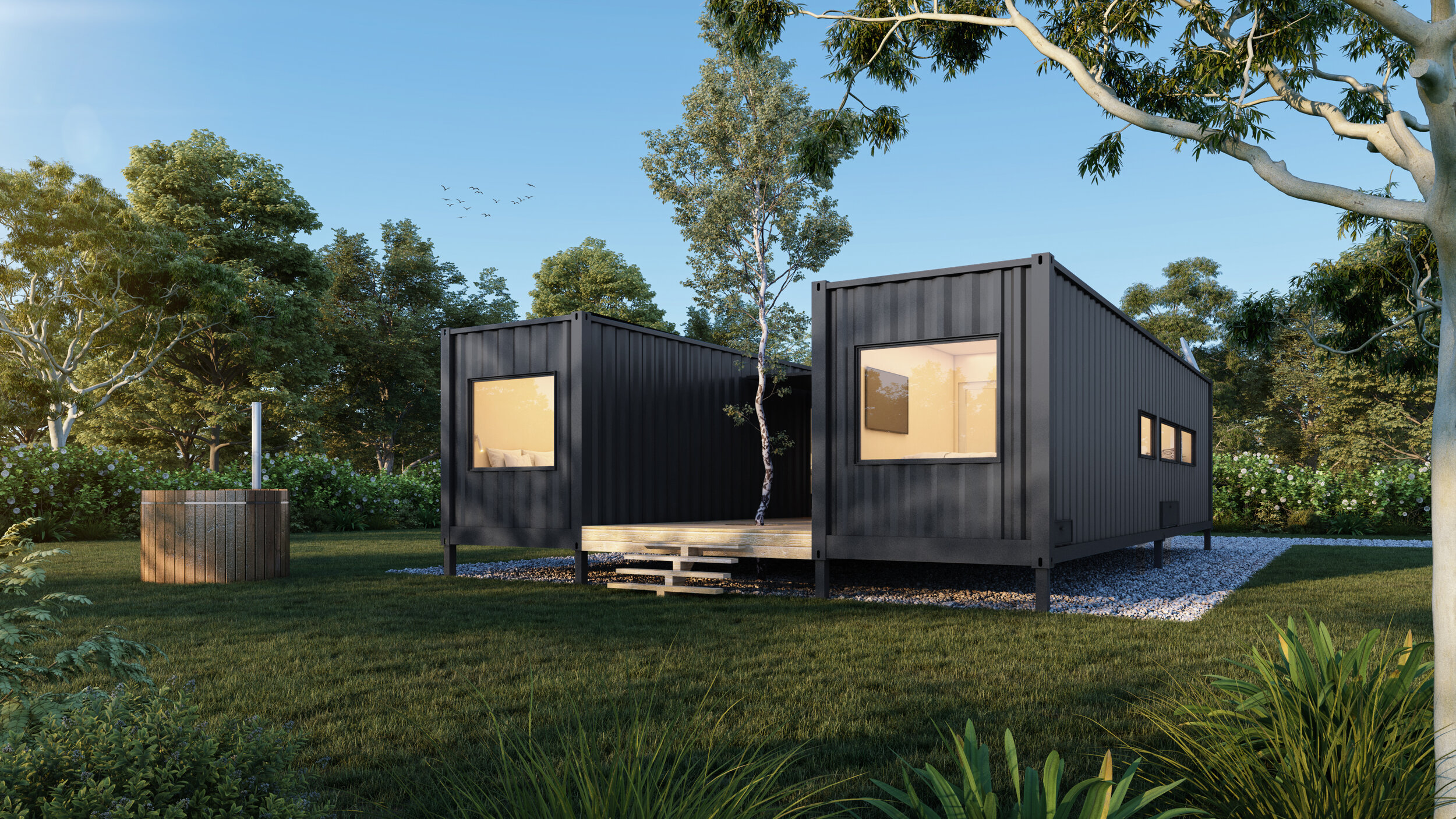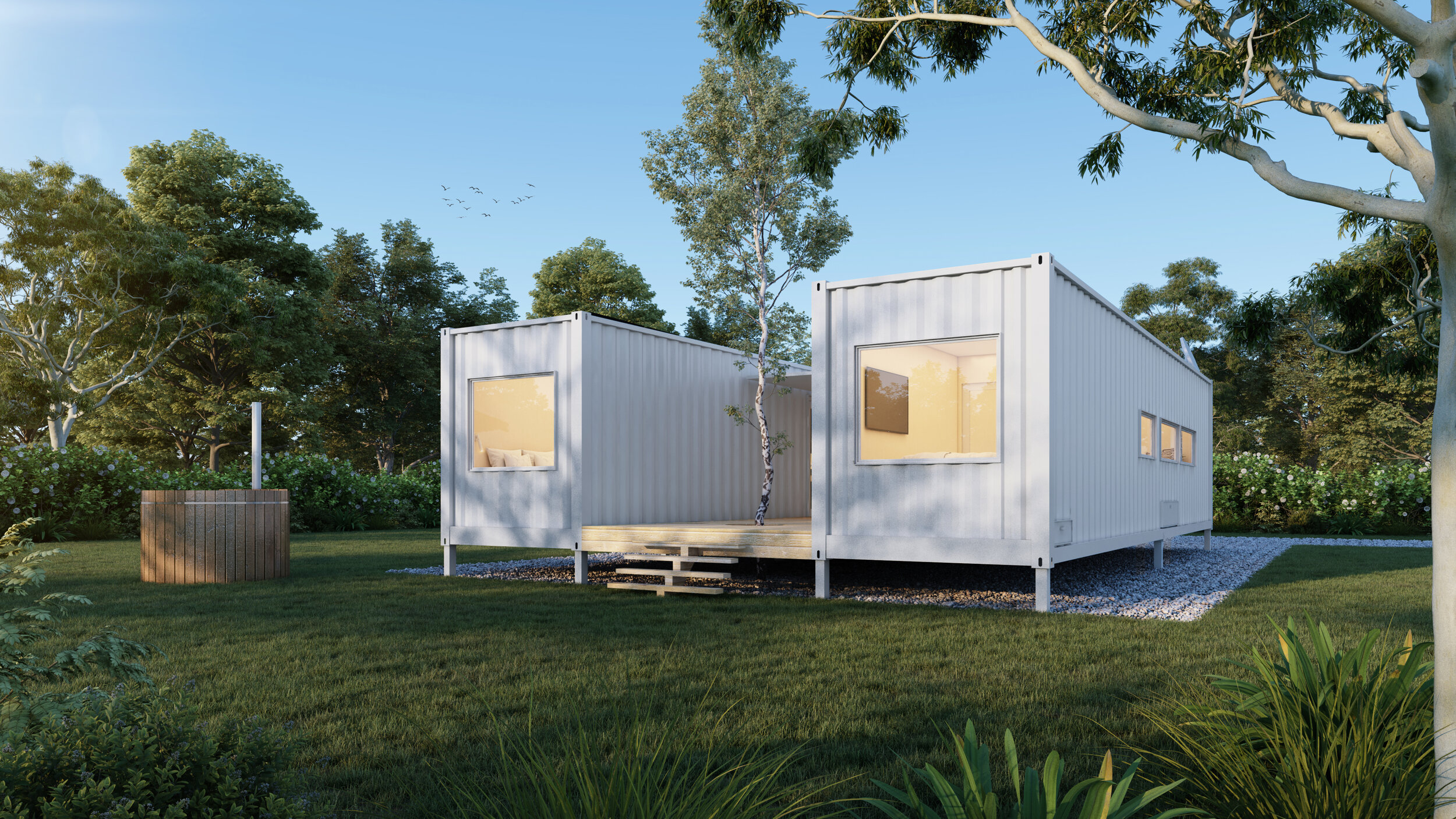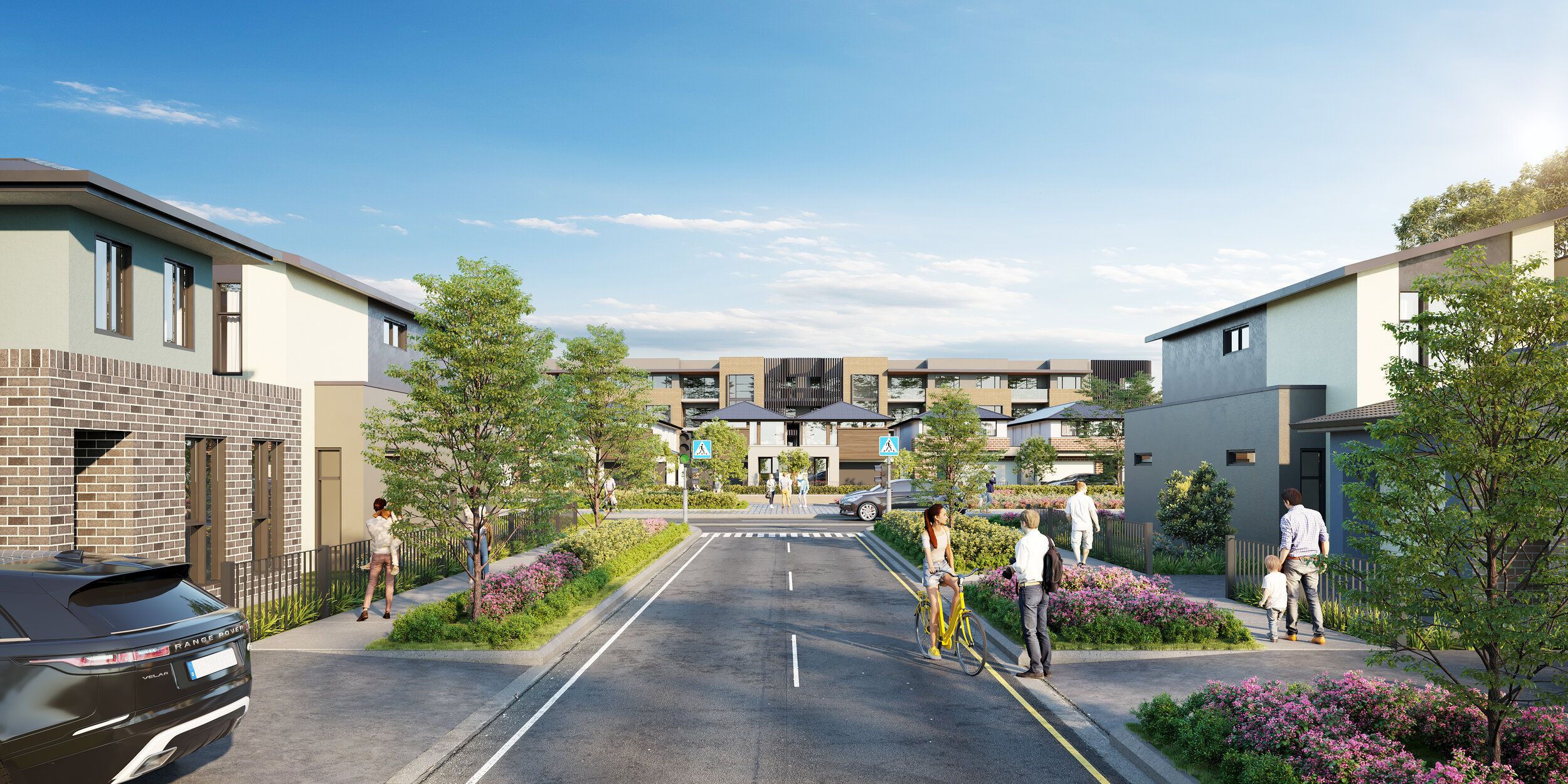
OUR LATEST PROJECTS
Showcasing the Best
Mastering the Art of 3D Rendering
In the ever-evolving world of architecture, 3D rendering has become an indispensable tool that architects use to bring their designs to life. Gone are the days of relying solely on 2D drawings and blueprints to communicate concepts to clients and stakeholders. Today, 3D rendering has revolutionized the industry, enabling architects to create realistic visualizations that bridge the gap between imagination and reality.
Introduction
In the ever-evolving world of architecture, 3D rendering has become an indispensable tool that architects use to bring their designs to life. Gone are the days of relying solely on 2D drawings and blueprints to communicate concepts to clients and stakeholders. Today, 3D rendering has revolutionized the industry, enabling architects to create realistic visualizations that bridge the gap between imagination and reality. In this blog, we'll delve into the world of 3D rendering and explore how architects can harness its power to elevate their designs and streamline the communication process.
From Blueprint to Photorealism: The Evolution of 3D Rendering
3D rendering has come a long way since its inception. Initially, architects relied on rudimentary computer-generated images to convey basic ideas. However, advancements in technology have led to the emergence of photorealistic rendering, where every detail, texture, and lighting element can be meticulously replicated in a digital environment. This transformation has enabled architects to present their designs in ways that were once unimaginable, fostering better understanding and collaboration among project stakeholders.
Tools of the Trade: Software and Techniques
The foundation of successful 3D rendering lies in choosing the right software and mastering the essential techniques. Architects have a plethora of software options at their disposal, ranging from industry standards like Autodesk's 3ds Max and Trimble's SketchUp to more specialized tools like Blender and Rhino. These platforms offer a wide array of features, such as modeling, texturing, lighting, and animation, that architects can leverage to create stunning visualizations.
Techniques like photorealistic lighting simulation, material mapping, and camera composition play a pivotal role in achieving lifelike renderings. Architects must understand how to manipulate these elements effectively to capture the essence of their designs. Additionally, mastering post-processing techniques using software like Adobe Photoshop can further enhance the final output.
Bridging the Communication Gap with Stakeholders
One of the primary benefits of 3D rendering is its ability to facilitate communication between architects, clients, and other project stakeholders. Instead of deciphering complex blueprints, clients can now visualize the end product in rich detail. This visual clarity helps clients make informed decisions and provides architects with a platform to iterate and refine their designs based on real-time feedback. Ultimately, this streamlines the design process, reduces misunderstandings, and contributes to a more collaborative and efficient workflow.
Creating Emotional Connections Through Visualization
Architecture is as much about evoking emotions as it is about functionality. 3D rendering empowers architects to convey not only the physical aspects of a design but also its emotional impact. By integrating elements like natural lighting, material textures, and context, architects can create renderings that resonate with viewers on a deeper level. Whether it's the cozy ambiance of a residential interior or the awe-inspiring grandeur of a commercial skyscraper, 3D rendering allows architects to capture and communicate the intended atmosphere and mood.
Pushing Boundaries: The Future of 3D Rendering in Architecture
As technology continues to advance, the possibilities within 3D rendering are expanding at an astonishing rate. Architects are now experimenting with virtual reality (VR) and augmented reality (AR) to provide immersive experiences for clients, allowing them to walk through virtual spaces before construction even begins. Additionally, real-time rendering is on the rise, enabling architects to make instantaneous changes and see their effects, further accelerating the design process.
Conclusion
3D rendering has ushered in a new era of architectural visualization, enabling architects to transform abstract ideas into tangible, immersive experiences. By harnessing the power of software, techniques, and creative vision, architects can create photorealistic renderings that not only communicate design intent but also evoke emotions and facilitate collaboration. As the technology continues to evolve, architects are poised to push the boundaries of what's possible, making 3D rendering an indispensable tool for shaping the future of architecture.
Enhancing Property Development with 3D Rendering: A Visual Revolution
Introduction
In the fast-paced world of real estate, property developers are constantly seeking innovative ways to market their projects and engage potential buyers. One such revolutionary tool that has transformed the industry is 3D rendering. Gone are the days of static floor plans and uninspiring brochures; 3D rendering has taken center stage, enabling developers to showcase their properties in immersive and captivating ways. In this blog, we will delve into the world of 3D rendering and explore how it has become an indispensable asset for property developers.
The Power of Visualization
The adage "a picture is worth a thousand words" has never been truer in the realm of property development. 3D rendering allows developers to transform blueprints and architectural plans into realistic visualizations that potential buyers can explore. These visualizations provide a lifelike representation of the property, giving buyers a clear understanding of its layout, design, and overall aesthetic.
With 3D rendering, developers can create virtual walkthroughs, allowing buyers to explore the property as if they were physically present. This level of immersion helps potential buyers visualize themselves living or working in the space, fostering an emotional connection that is difficult to achieve through traditional means.
Tailoring the Experience
Every property is unique, and 3D rendering empowers developers to tailor their marketing materials to the specific characteristics of each project. Whether it's a luxury condominium, a suburban family home, or a commercial space, 3D rendering can capture the essence of the property and its surroundings. Developers can showcase various design options, materials, and color schemes, enabling buyers to customize their future space even before construction begins.
Moreover, 3D rendering can showcase the property's potential across different times of the day and seasons, helping buyers envision how the space will look and feel under various lighting conditions and weather scenarios.
Streamlining the Decision-Making Process
Traditionally, property developers relied on physical models, sketches, and static images to convey their vision. However, these methods often left room for interpretation and may not have effectively communicated the intended design. 3D rendering eliminates ambiguity by providing a comprehensive and accurate representation of the property.
This level of clarity accelerates the decision-making process for buyers, who can make informed choices based on the detailed visualizations. Additionally, developers can use 3D rendering to communicate with stakeholders, investors, and architects, fostering a shared understanding of the project's goals and design.
Cost and Time Savings
Contrary to popular belief, investing in 3D rendering can lead to significant cost and time savings in the long run. While creating high-quality visualizations initially requires an investment, it can greatly reduce the need for costly design revisions during construction. Changes can be made swiftly and accurately within the virtual environment, minimizing disruptions to the construction timeline.
Furthermore, 3D rendering can aid in securing pre-sales or attracting investors before the property is even built. The ability to showcase a realistic representation of the finished project can generate interest and funding, facilitating a smoother financing process.
Conclusion
In a competitive real estate landscape, property developers need a compelling edge to stand out and capture the attention of potential buyers. 3D rendering has emerged as a game-changing tool that empowers developers to create immersive, customizable, and accurate visualizations of their projects. From enhancing the decision-making process to saving costs and time, the benefits of 3D rendering for property development are undeniable. As technology continues to advance, it is safe to say that 3D rendering is here to stay, revolutionizing how properties are marketed and bringing visions to life like never before.
PHOTO REALISTIC LUXURY HOUSE RENDERS
Have a look at this amazing LUXURY house render created in spectacular ULTRA HD by the team here at 3D Revolution for East Hill Developments Pty Ltd
Wow!
Have a look at this amazing LUXURY house render created in spectacular ULTRA HD by the team here at 3D Revolution for East Hill Developments Pty Ltd
Do you have a project you would like to see brought to life?
Amazing renders that make you say "That's not real?"
Have a look at this beautiful homely facade render created in ULTRA HD that 3D Revolution created for Stelson Homes
Have a look at this beautiful homely facade render created in ULTRA HD that 3D Revolution created for Stelson Homes and then sit for a while and comprehend how it isn't a real life photograph Do you have a project you would like to see brought to life?
Awesome Office Building 3D Renders
Hey everyone these awesome office building exterior and interior renders show how 3D Revolution can make photo realistic 3D Renders to bring your project to life!
Hey everyone these awesome office building exterior and interior renders show how 3D Revolution can make photo realistic 3D Renders to bring your project to life! Do you have a project you would like to see brought to life
ULTRA HD Photo Realistic Renders
3D Revolution's ULTRA HD renders are so realistic they can easily be mistaken for real life! Take this front facade render we did for one of our clients
Wait.. That's not a photograph? That's right 3D Revolution's ULTRA HD renders are so realistic they can easily be mistaken for real life! Take this front facade render we did for one of our clients as an amazing example! Do you have a project you would like to see brought to life?
Photo Realistic Interior Renders
Interior renders are some of 3D Revolutions most photo realistic renders
Interior renders are some of 3D Revolutions most photo realistic renders, Just take a moment and appreciate the awesome lighting and textures that really bring the image to life and make it look like a real interior space! Do you have a project you would like to see brought to life?
Vertical Rotating Garden Column Render
Check out how 3D Revolution rendered these rotating vertical garden columns into a foyer for Fytogreen Australia Pty Ltd
Do you want to bring something that will breathe life into your commercial space? Check out how 3D Revolution rendered these rotating vertical garden columns into a foyer for Fytogreen Australia Pty Ltd
Unique 4 Bedroom Container Home Renders
Hey guys take a look at these awesome unique 4 bedroom container homes that the team at 3D Revolution rendered
Hey guys take a look at these awesome unique 4 bedroom container homes that the team at 3D Revolution rendered 2 different variants of for our client! Do you have a project you would like to see brought to life?
Spectacular Street Scape Renders
Have a look at this awesome 3D Render complete streetscape packed full of detail
Have a look at this awesome 3D Render complete streetscape packed full of detail and brought to life by 3D Revolution! Do you have a project you would like to see brought to life?


